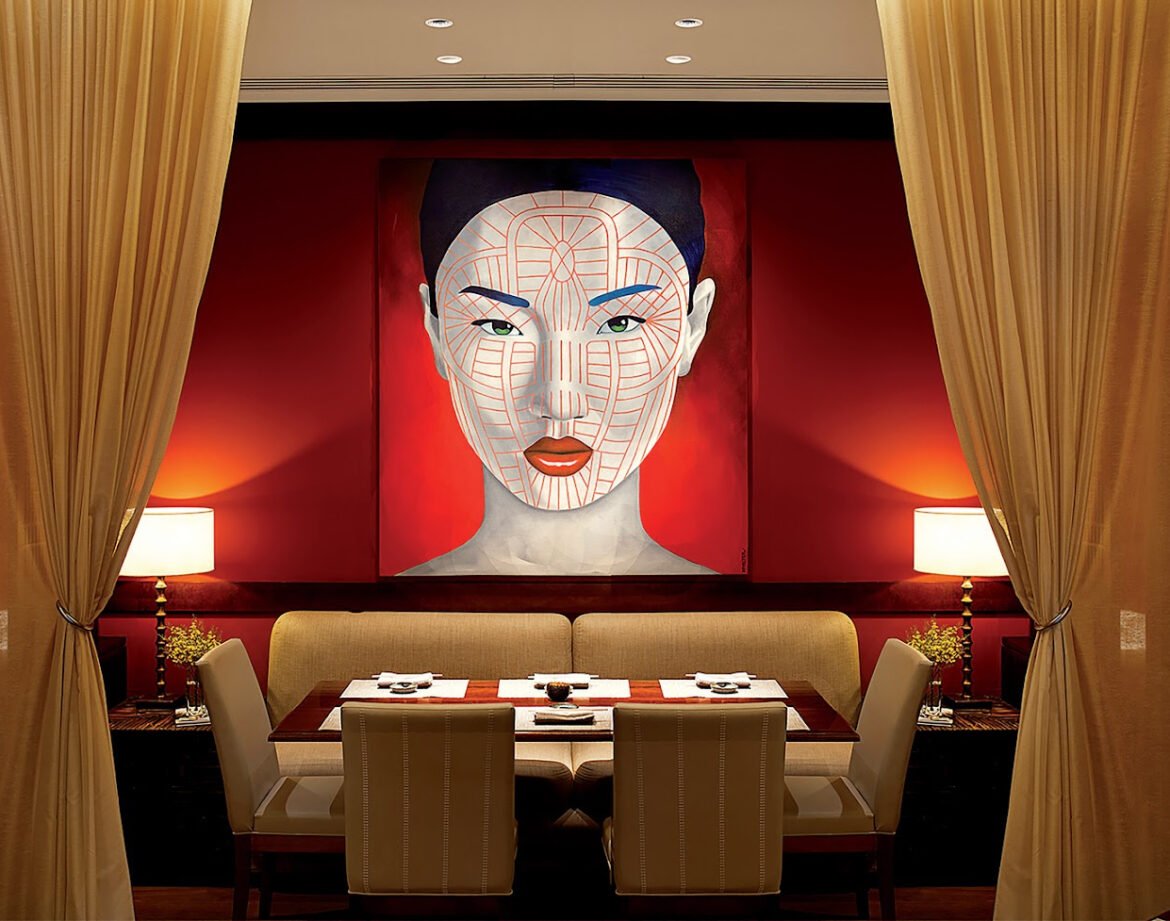Michelin Guide 2025: New Brazilian restaurants stand out
The Michelin Guide 2025 reinforces the importance of Brazilian gastronomy on the international stage, especially in the cities of São Paulo and Rio de Janeiro, by recognizing new restaurants with one star. Even so, the country remains outside the select group of nations with establishments awarded three stars, the prestigious French publication's highest recognition.
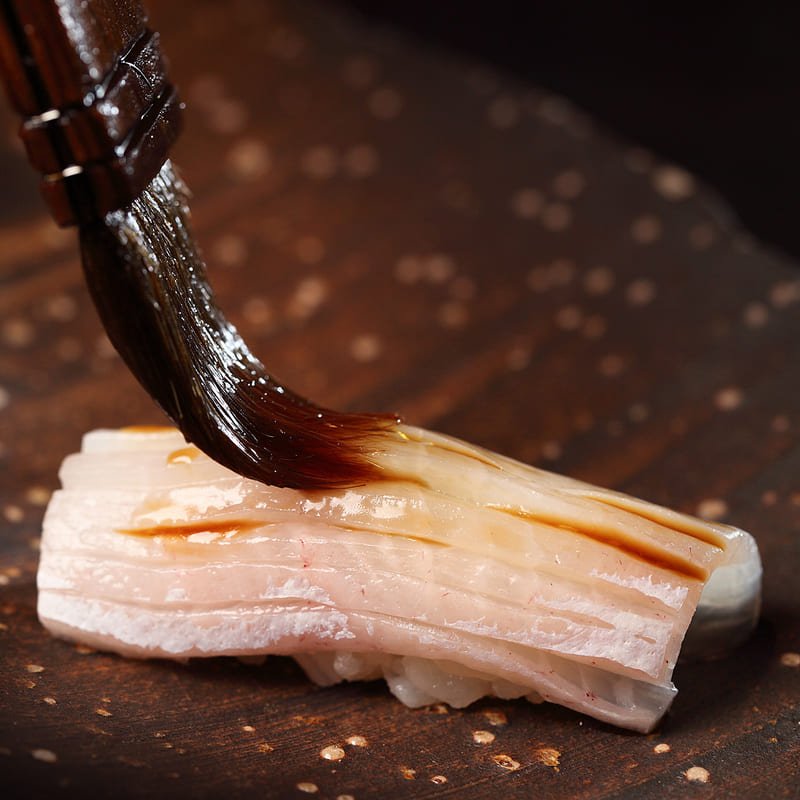
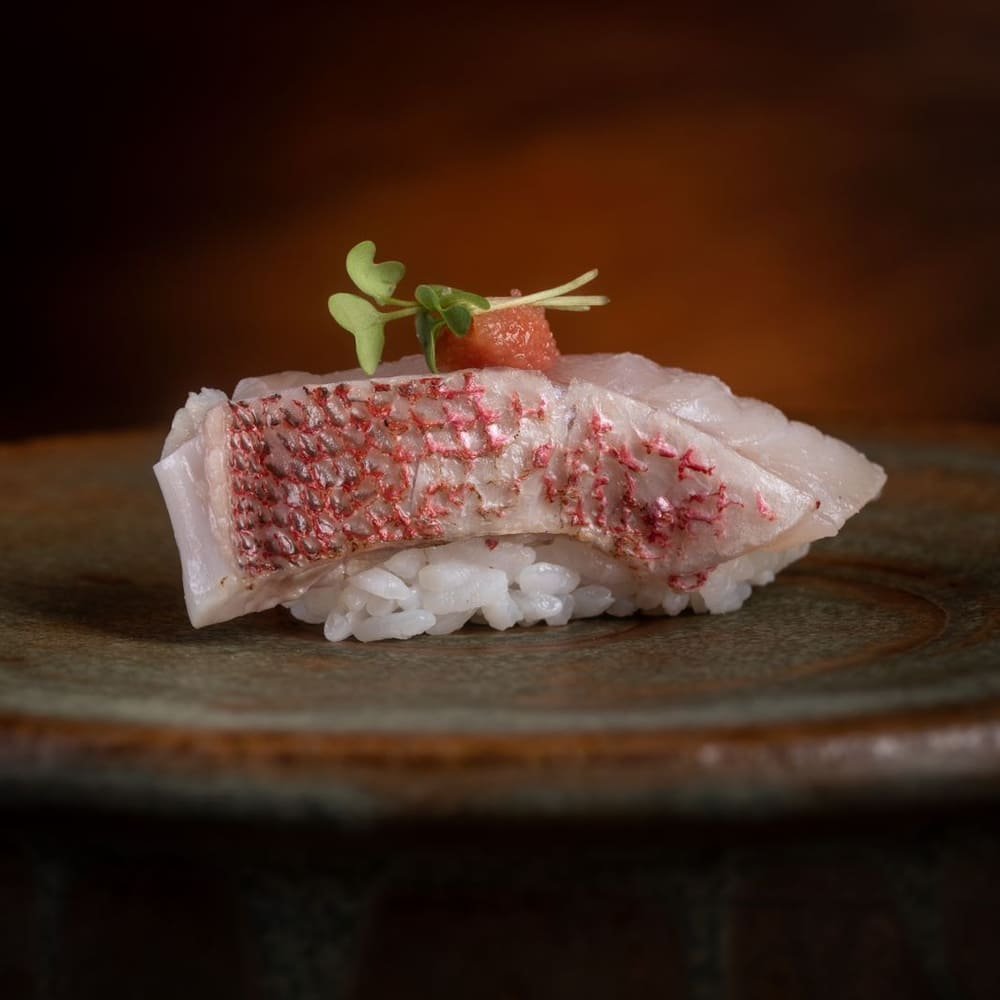
Which Brazilian restaurants were featured in the Michelin Guide 2025?
Firstly, it is important to highlight that the 2025 edition brought four new one-starred restaurants, increasing the total number of houses starred in Brazil to 30. This expansion signals the growth and maturity of the gastronomic sector in the country's two largest capitals.
Among the highlights with two stars continue:
- DOM (SP)
- Gold (RJ)
- Tuju (SP)
- Evvai (SP)
- Lasai (RJ)
In other words, these restaurants maintain the high standard of excellence required by the guide, with consistency and a distinct identity. However, none of them advanced to the third level of the award, which represents "exceptional cuisine, worthy of a trip."
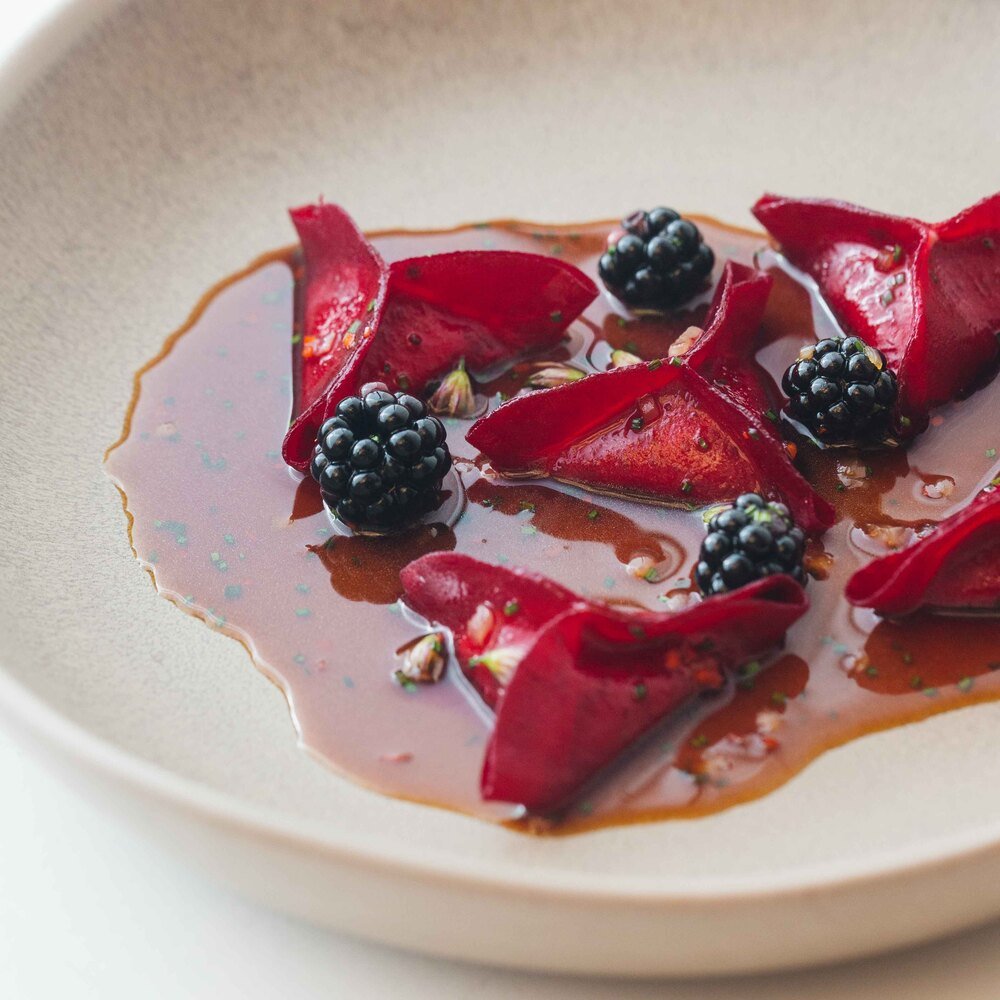
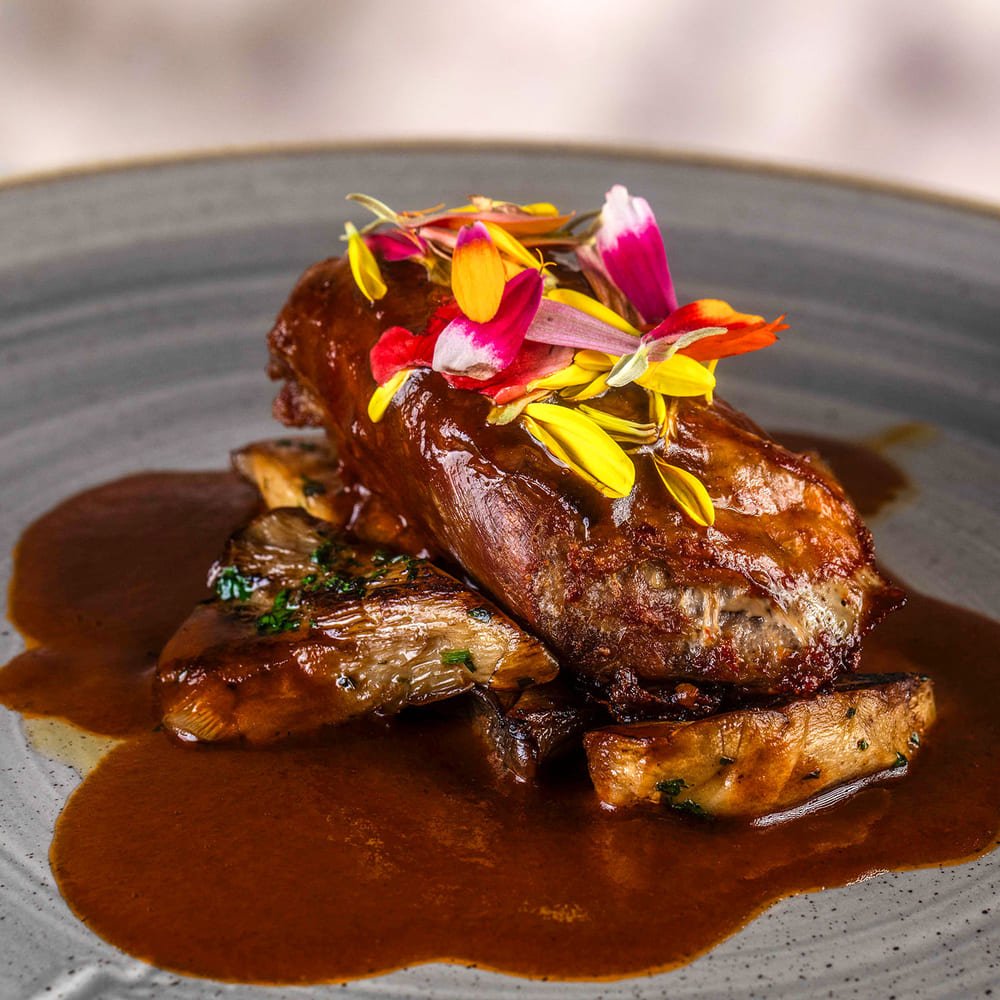
Which restaurants will have a star in 2025?
Firstly, it is important to highlight that the edition of Michelin Guide 2025 celebrated the entry of five new restaurants in the one-star list, expanding the total number to 30 houses starred in the cities of Rio de Janeiro and São Paulo.
Included this year:
- House 201 (@201.casa) - Rio de Janeiro
- Oseille (@oseillerestaurante) - Rio de Janeiro
- Oteque (@oteque_rj) - Rio de Janeiro
- Kanoe (@kanoerestaurant) - São Paulo
- Ryo Gastronomy (@ryogastronomia) - São Paulo
In other words, Rio de Janeiro gained three new houses starred, while São Paulo added two to the already consolidated group. In addition, the restaurant Oteque, which was already cited for its relevance, has now been officially added to the list with a star.
With that, the updated list of Brazilian restaurants with a Michelin star in 2025 includes:
- The Pig House (SP)
- Corrutela (SP)
- Kan Suke (SP)
- Kanoe (SP)
- Kuro (SP)
- Murakami (SP)
- Fame Osteria (SP)
- Picchi (SP)
- Jun Sakamoto (SP)
- Mani (SP)
- Ryo Gastronomy (SP)
- Kazuo (SP)
- Kinoshita (SP)
- Huto (SP)
- Oizumi Sushi (SP)
- Tangará Jean-Georges (SP)
- House 201 (RJ)
- Oseille (RJ)
- Oteque (RJ)
- Cipriani (RJ)
- Mee (RJ)
- San Omakase (RJ)
Therefore, the inclusion of these new names reinforces the dynamism of the Brazilian gastronomic scene, valuing the creativity, excellence and authenticity of chefs and their teams.
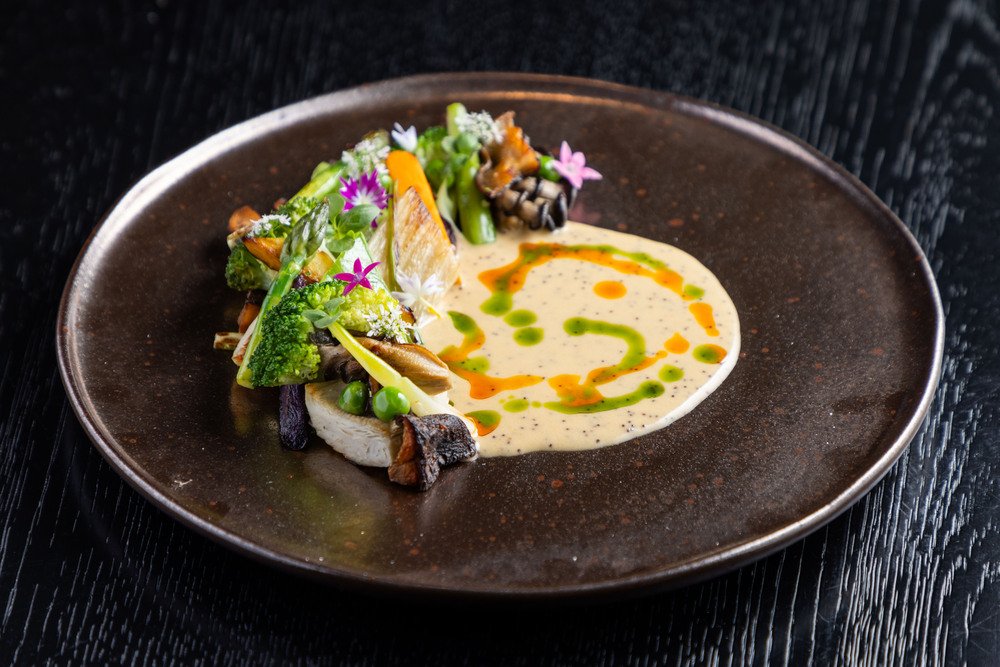
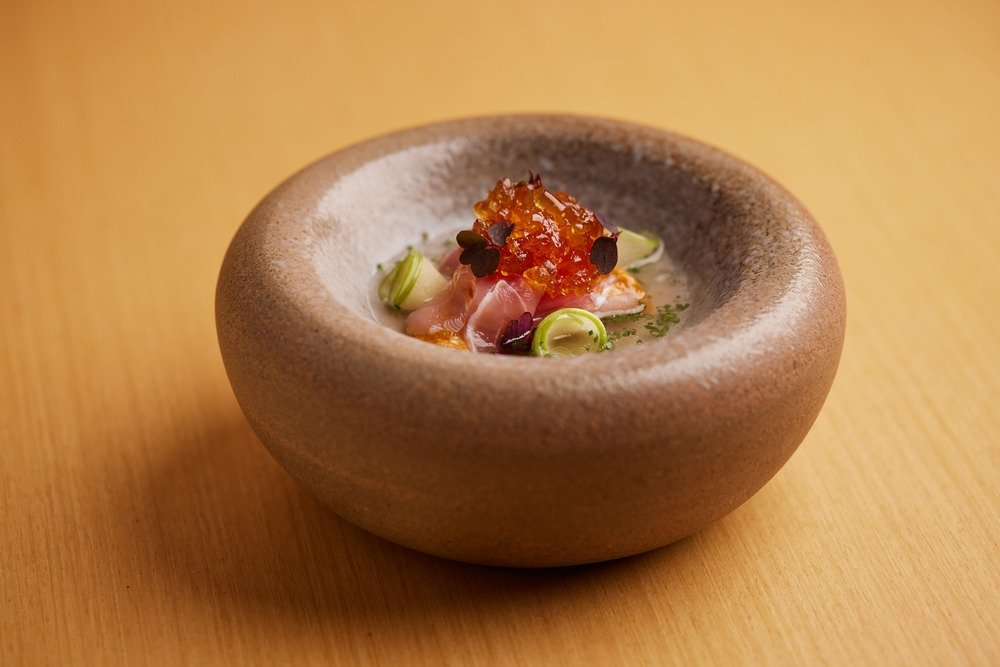
Why doesn't Brazil have three Michelin-starred restaurants yet?
Despite the growth of the national gastronomic scene, several factors contribute to the lack of three-star restaurants in Brazil. Among them, we can highlight:
- Tourist infrastructure: Compared to European or Asian capitals, the reception structure can still be an obstacle.
- Strict guide criteria: The standard of excellence required for the third star includes not only impeccable technique, but also extreme consistency and a unique experience in every aspect.
- Domestic market: Due to this, the lower internal demand for high-end gastronomic experiences, compared to countries with centuries-old traditions in haute cuisine, also weighs.
However, the recognition of new names in 2025 signals a positive movement.


What does the expansion of the Michelin Guide 2025 mean for Brazilian gastronomy?
Brazil is currently experiencing a moment of gastronomic effervescence. Young and established chefs are experimenting with new techniques, valuing local ingredients, and focusing on complete sensory experiences. This evolution is reflected in the growing number of Michelin-starred restaurants.
On the other hand, the pursuit of a third star requires more than creativity and flavor. It demands consistency, impeccable service, a distinctive atmosphere, and a unique identity. Thus, each new star represents another step toward full recognition.
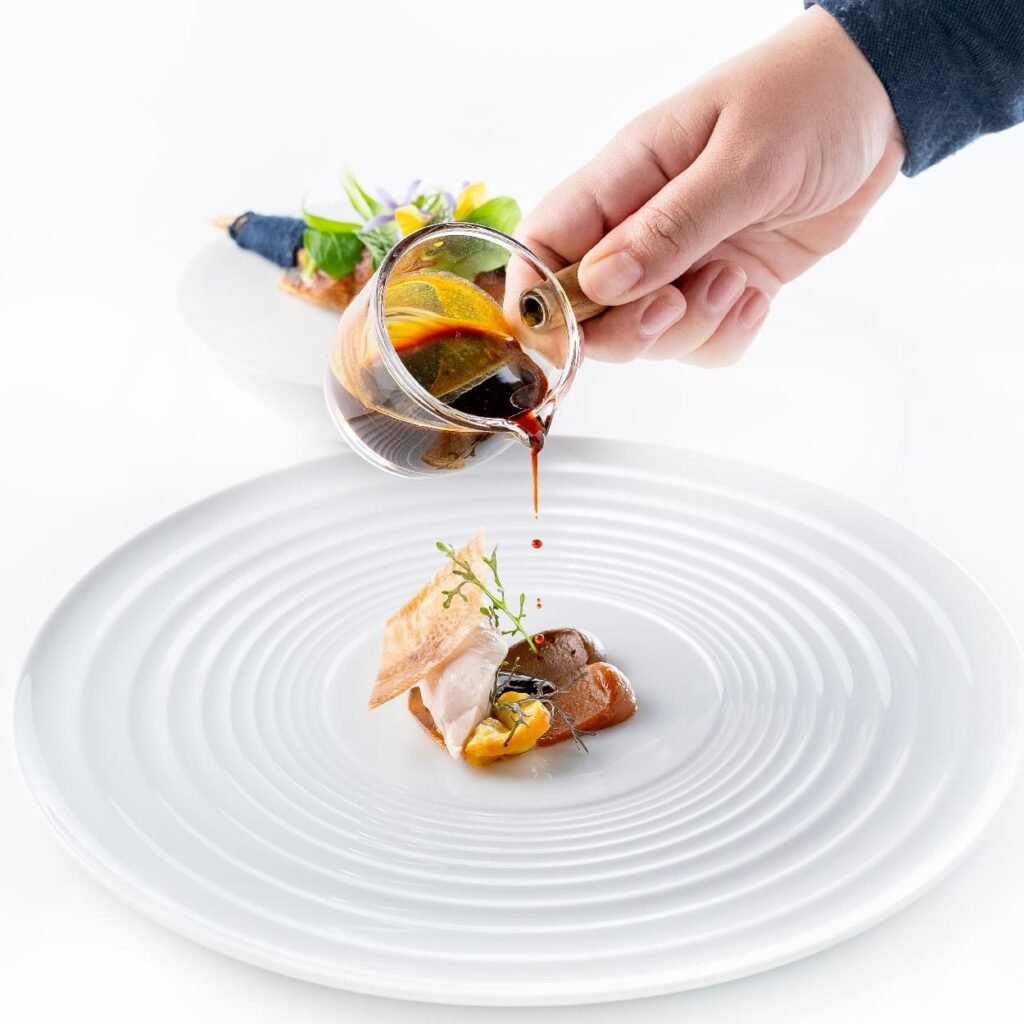
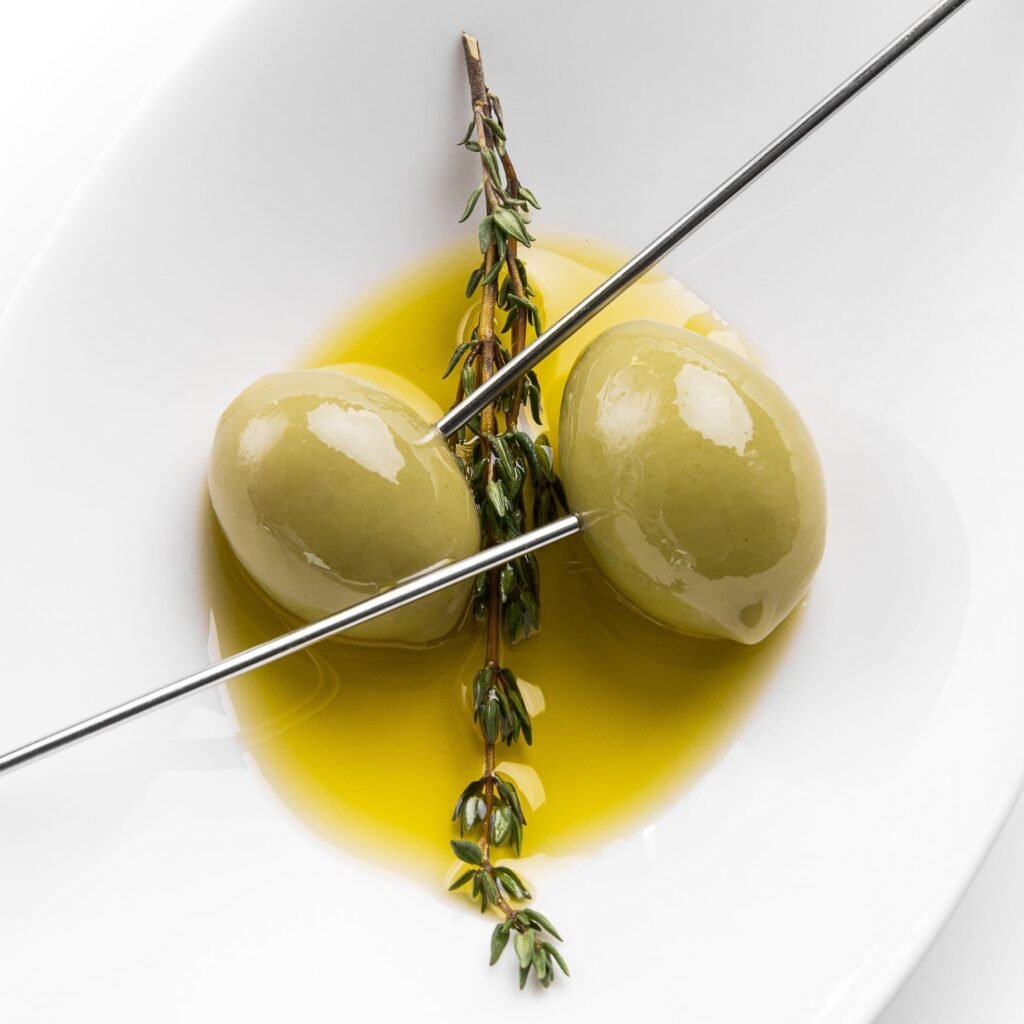
How have Brazilian chefs reacted to the Michelin Guide 2025?
In recent interviews, many chefs expressed gratitude for the recognition, but also emphasized their desire to reach even higher levels. As in previous years, the Guide serves as a continuous stimulus for improvement.
According to statements from some award-winning professionals, the focus is on maintaining the essence of Brazilian cuisine, while simultaneously evolving in technique, presentation and service.
What can we expect from the future of Brazilian gastronomy at Michelin?
In this sense, the Michelin Guide 2025 It not only rewards the best, but also signals trends and points the way. The use of native ingredients, the revival of ancestral techniques, and the connection with the territory are some of the most valued approaches.
Similarly, international interest in Brazilian flavors — such as tucupi, priprioca, cupuaçu, and jambu — opens up opportunities for more houses also stand out outside the Rio-SP axis.
Consequently, Brazilian restaurants that maintain consistency, authenticity, and innovation have a real chance of reaching the top of the rankings in the coming years.
What is the economic impact of Michelin stars in Brazil?
While not always immediately visible, the economic impact of a Michelin star can be significant. Award-winning restaurants see increased bookings, international visibility, and even high-value business partnerships.
In São Paulo, for example, houses Restaurants like DOM and A Casa do Porco have become tourist icons and helped transform neighborhoods into gastronomic hubs. In Rio de Janeiro, establishments like Oro and Lasai are following the same path.
Therefore, more than a seal of quality, the Michelin star moves an entire production chain, from the local producer to the supplier of premium ingredients.
Which Brazilian cities can still be included in the Michelin Guide?
Currently, the guide only covers Rio de Janeiro and Sao Paulo, but expansion to other capitals is a future possibility. Cities like Belo Horizonte, Florianópolis, Savior It is Brasilia have stood out in national and international gastronomic events.
Eventually, expanding coverage could open doors to more chefs and regions, decentralizing the focus and further strengthening national gastronomy.
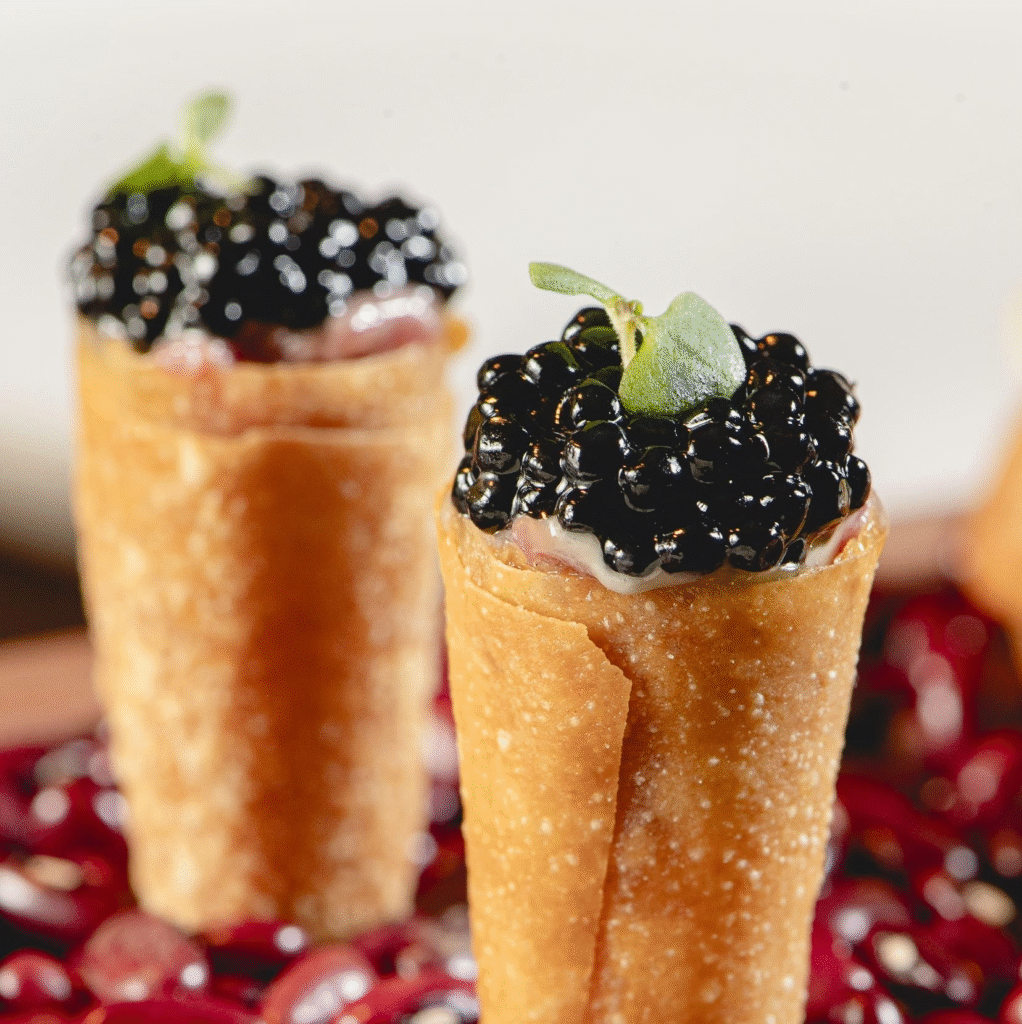
In conclusion,
Finally, the Michelin Guide 2025 consolidates Brazil as a rising country on the global gastronomic scene. With four new award-winning restaurants, the country now has a total of 30 houses starred, even without yet reaching the prestigious top of three stars.
In other words, the consistent high quality, combined with the appreciation of national identity, indicates that full recognition may be closer than one might think. Therefore, the coming years promise even more innovation, prominence, and achievements for Brazilian cuisine.
More information
All MICHELIN Star restaurants in São Paulo
https://guide.michelin.com/br/pt_BR/article/dining-out/todos-os-restaurantes-com-estrela-michelin-de-sao-paulo
All MICHELIN Star restaurants in Rio de Janeiro
https://guide.michelin.com/br/pt_BR/article/dining-out/todos-os-restaurantes-com-estrela-michelin-do-rio-de-janeiro
